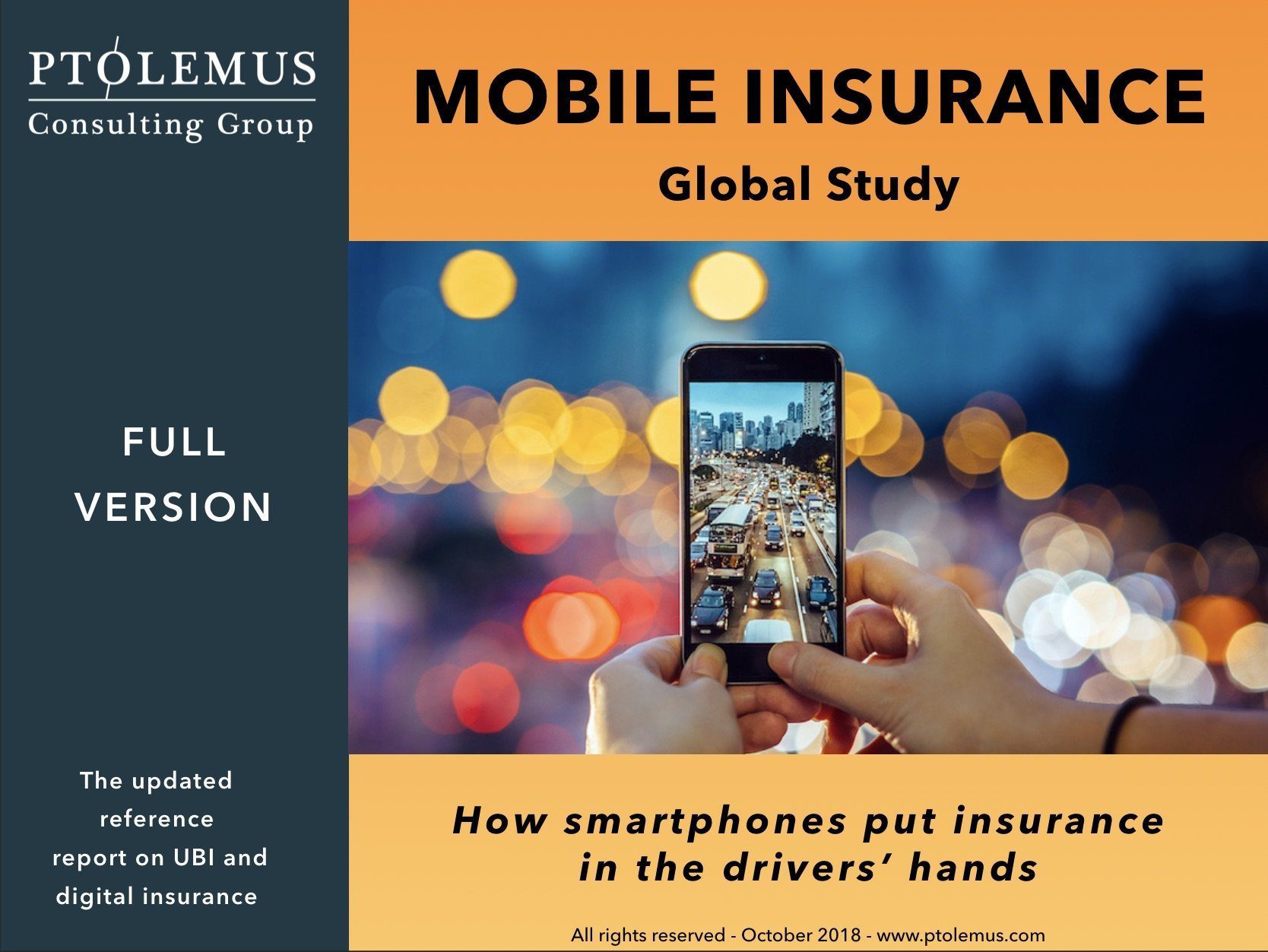EENA updates its handset location requirements
EENA has published the 2014 update of its operations document on ‘Caller Location in Support of Emergency Services’ updating its recommendations to PSAP, policy makers and national authorities.
Medical research shows that for certain pathologies, a one-minute reduction in the emergency response time improves the odds of survival by 24%. In fact the East of England Ambulance Service demonstrated that mobile emergency calls took on average 30 seconds longer than fixed line emergency calls to get the address of the incident. In the case of stressed or injured victims, this goes to 3 min.
PTOLEMUS assisted EENA in updating the requirements on location technology and taking into consideration the advances that recently took place. The document includes an overview of both ‘push’ and ‘pull’ implementation methods in the EU member states, as well as common problems encountered and recommendations to relevant stakeholders.
In our opinion, any modern smartphone has an hybrid positioning platform that provides the best-available location depending on the environment and available sensor signals, i.e. GNSS but also Cell-ID, WiFi and MEMS. If a smartphone is used to make an emergency call, that information should be made available to the PSAP.

